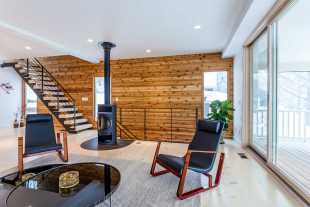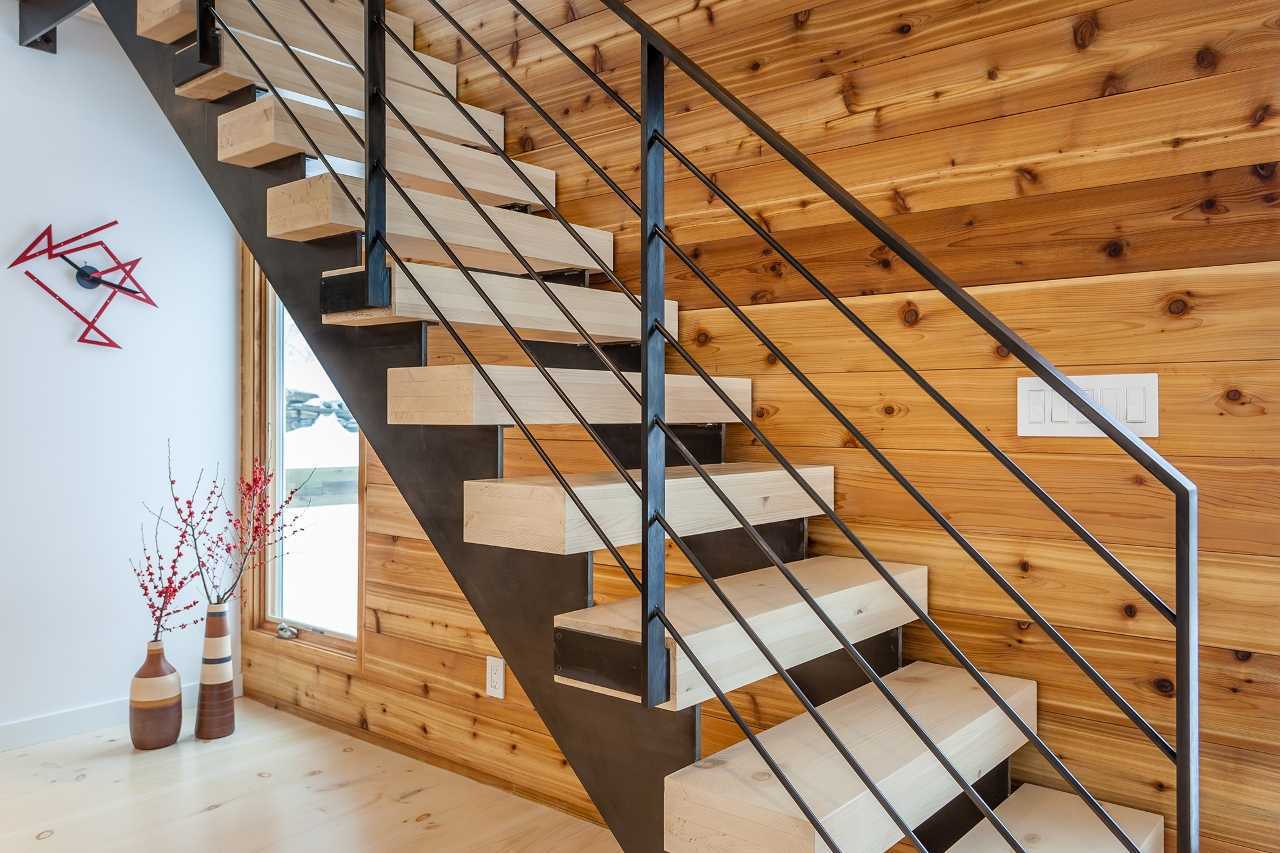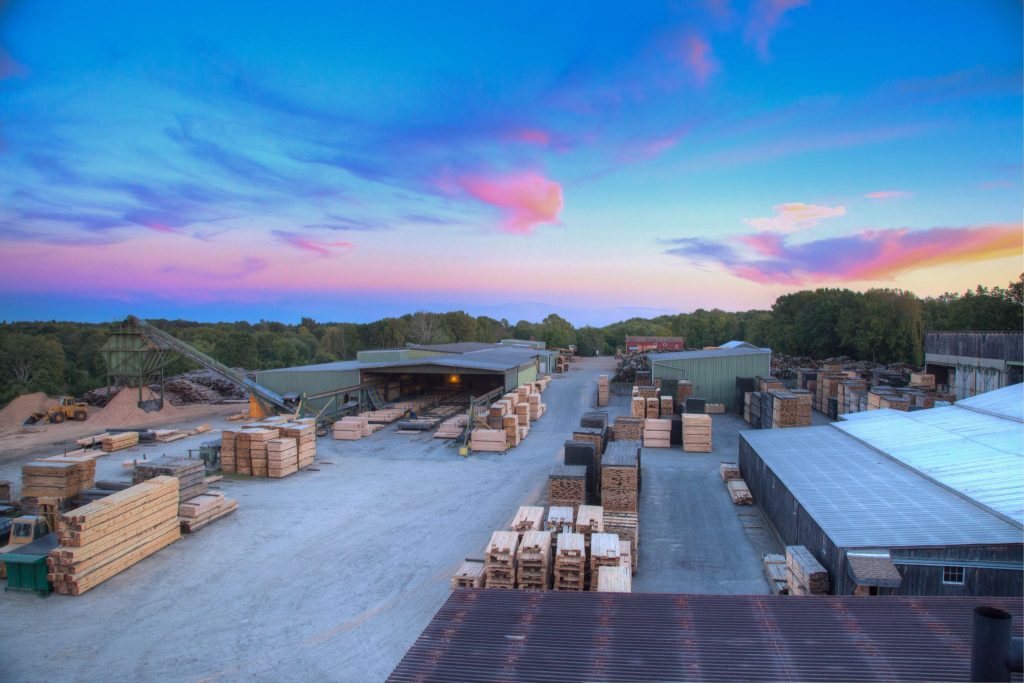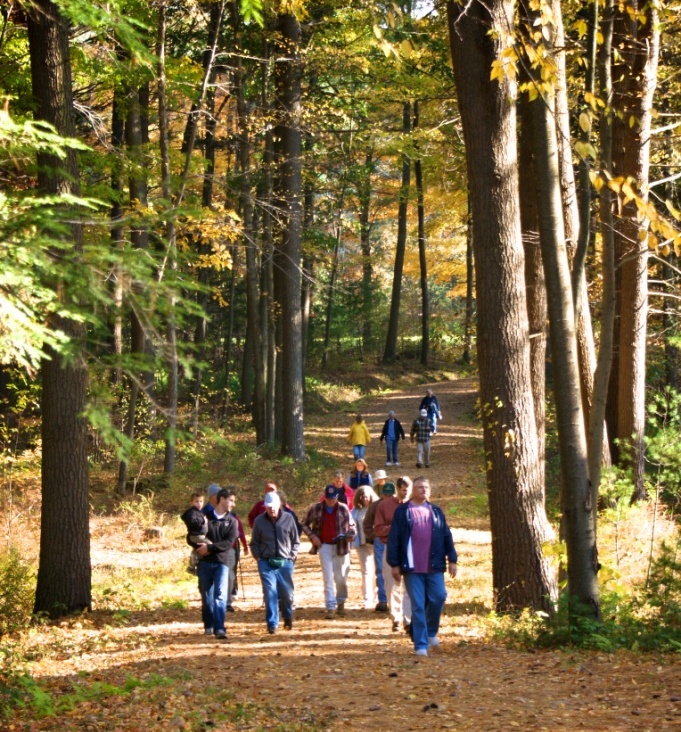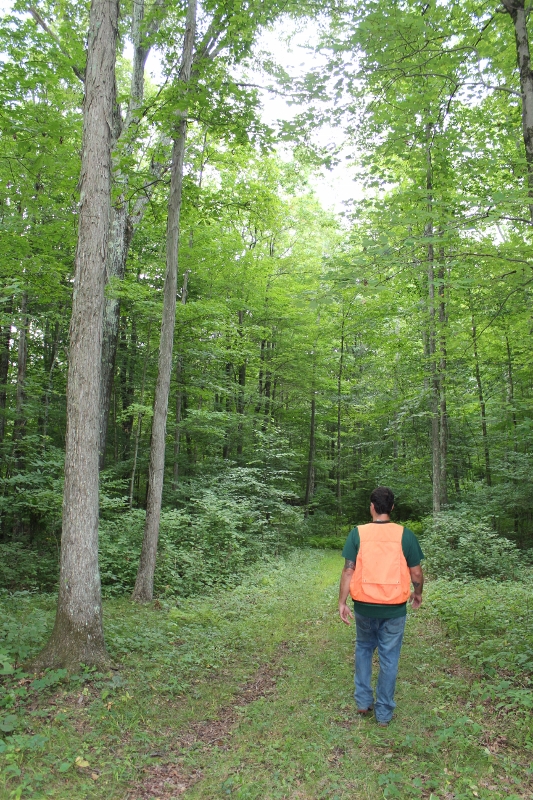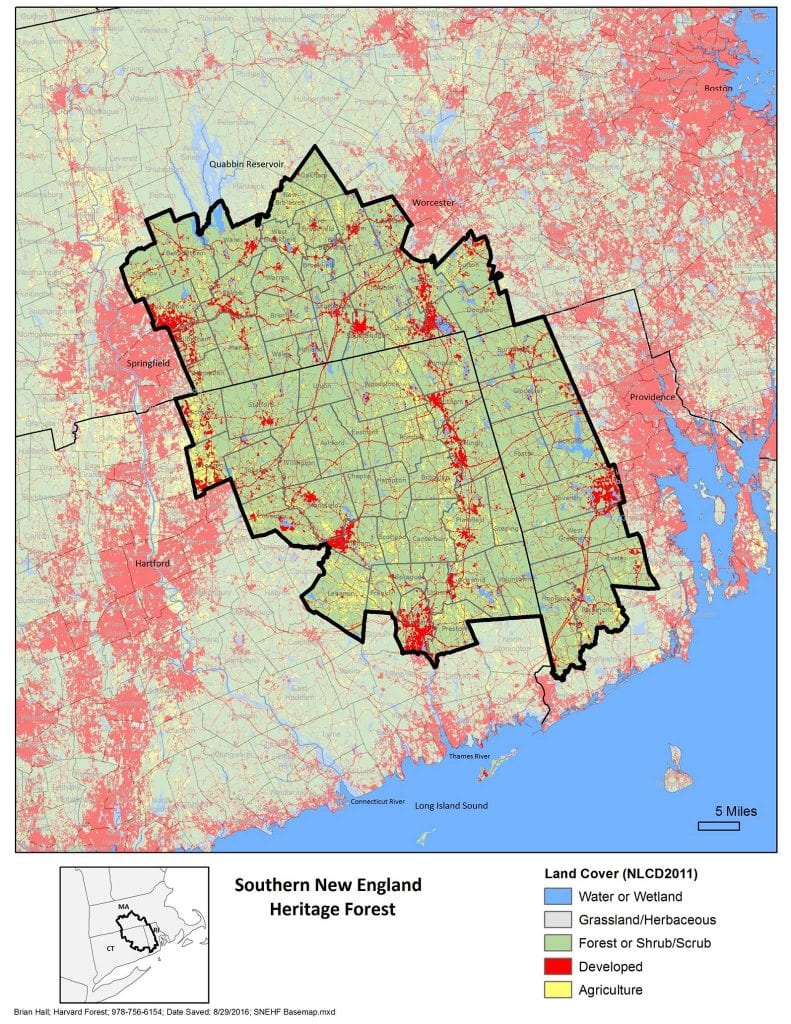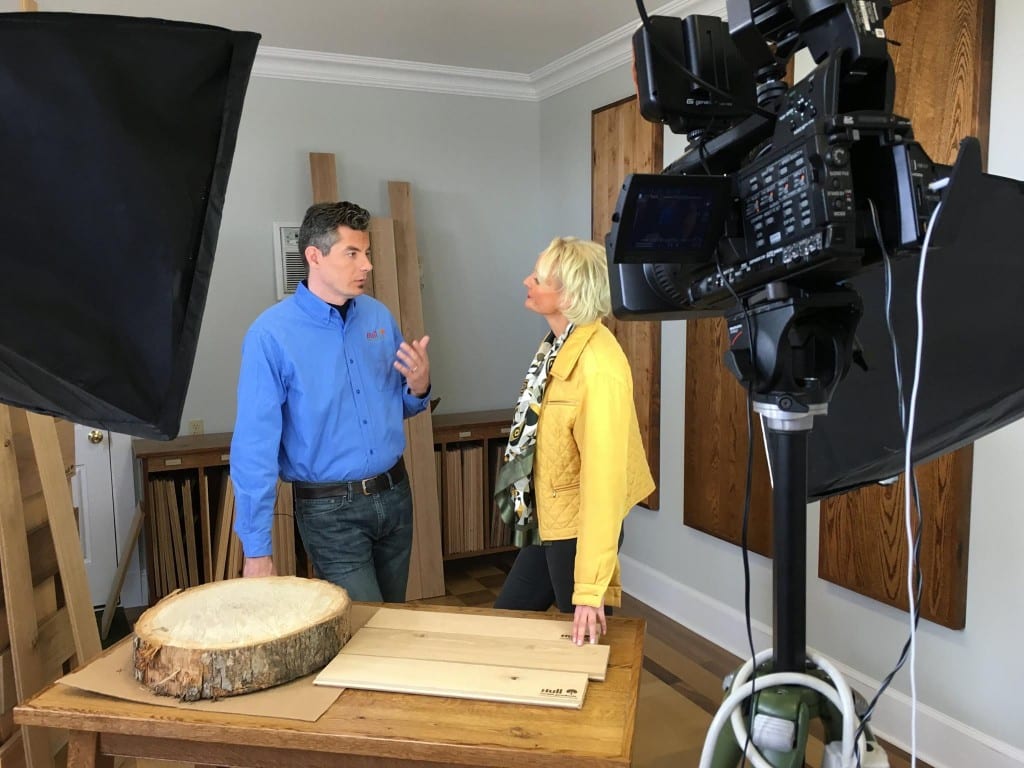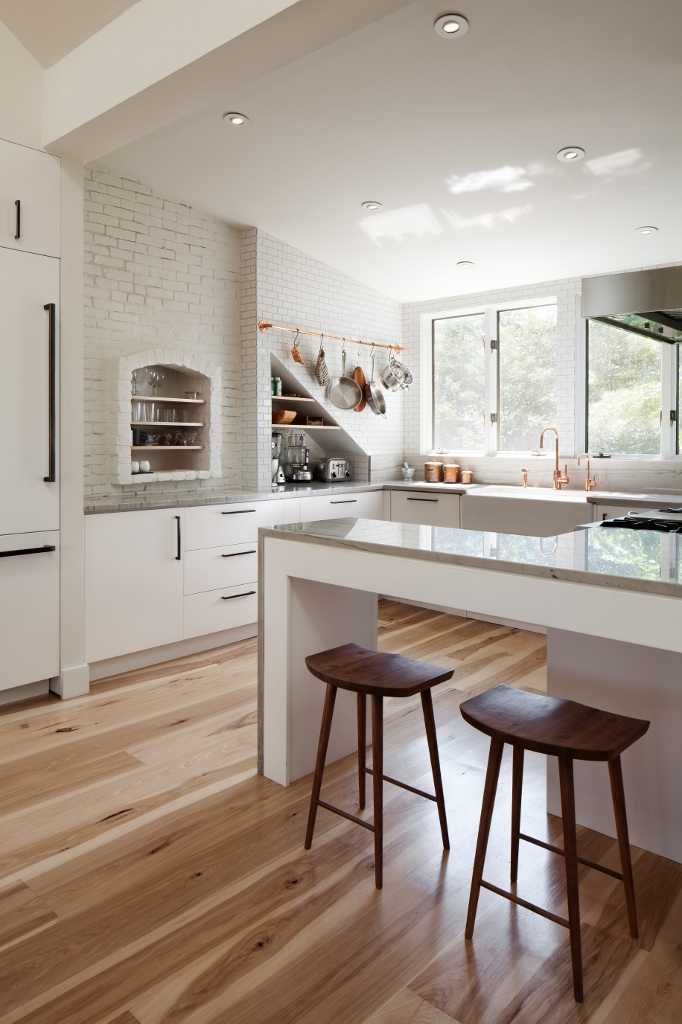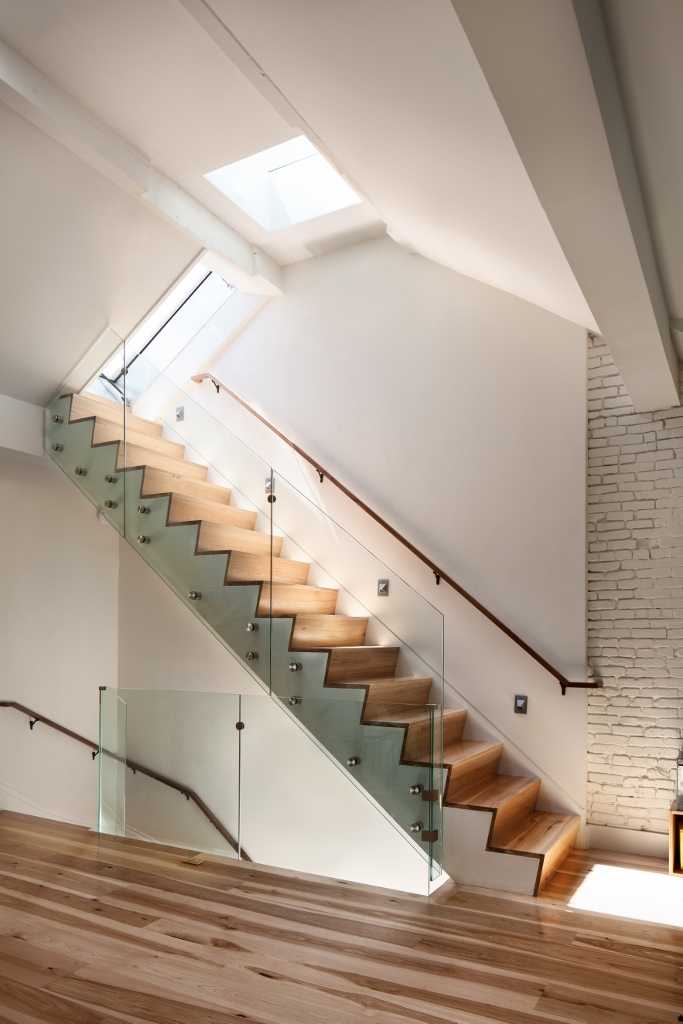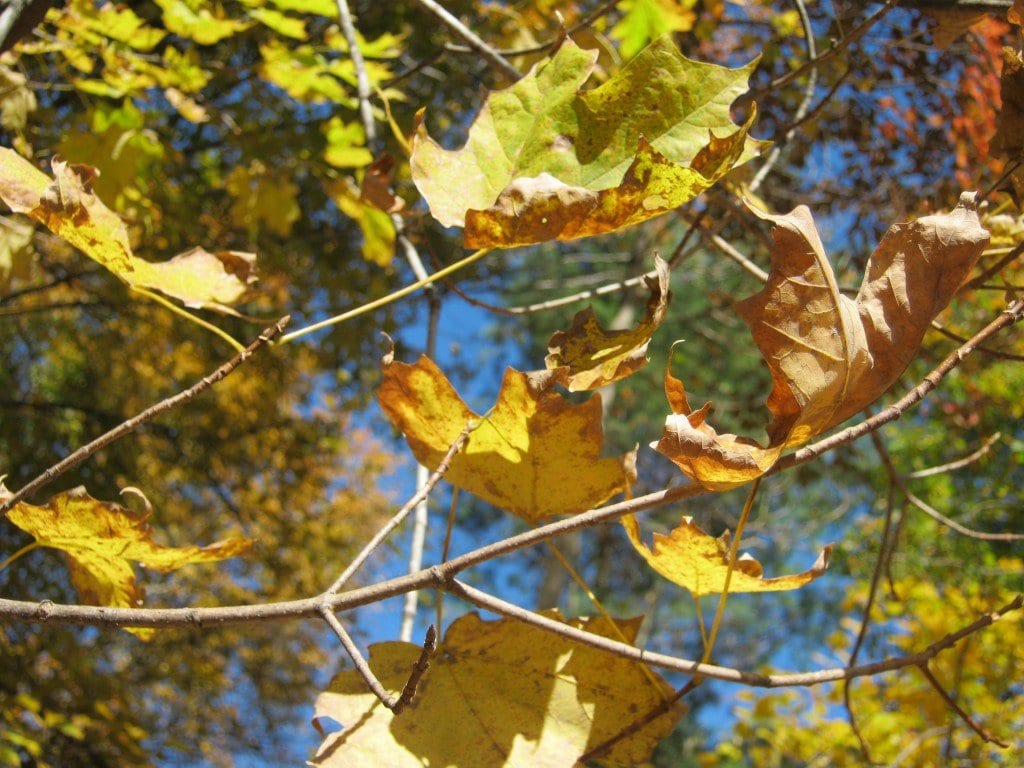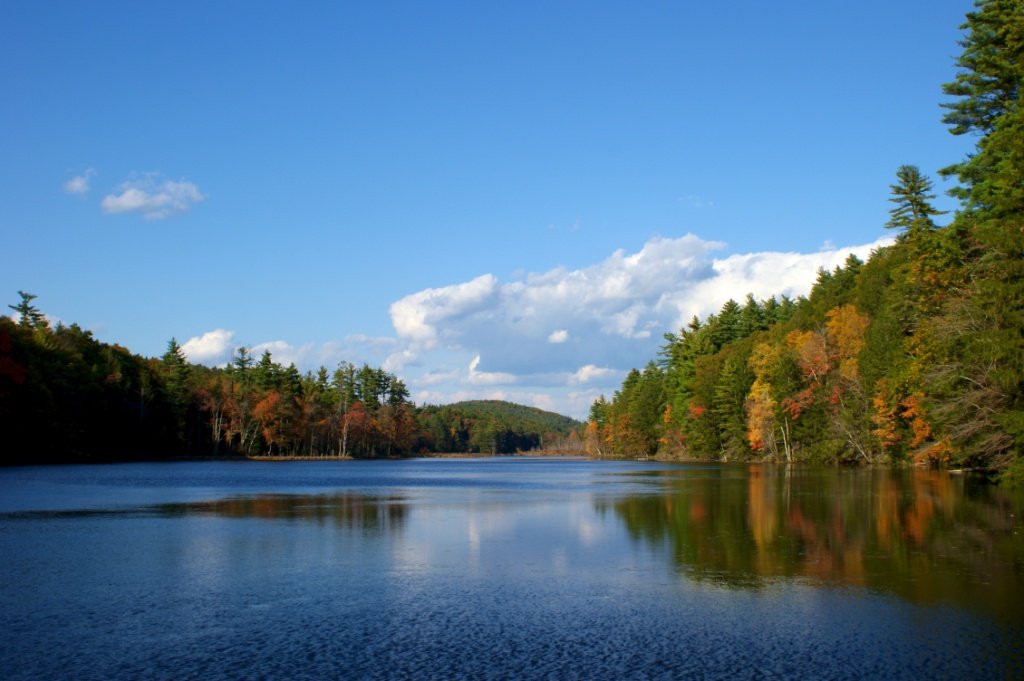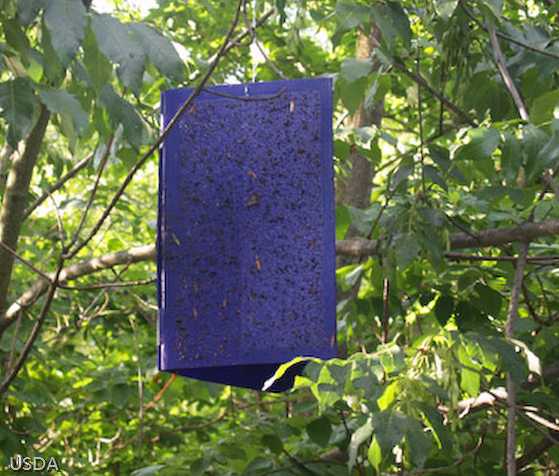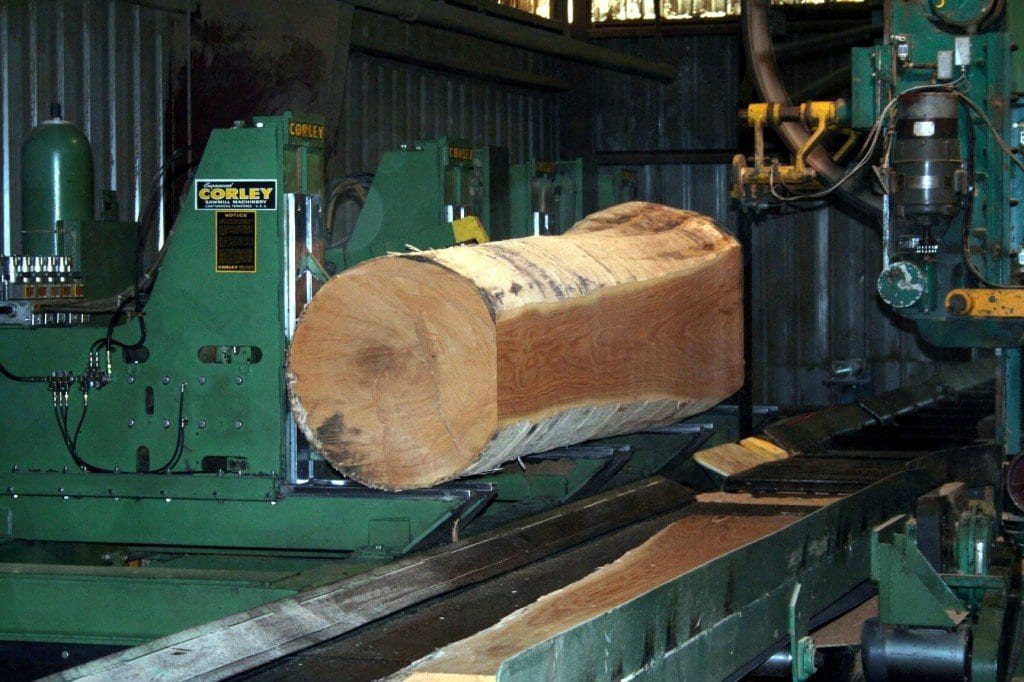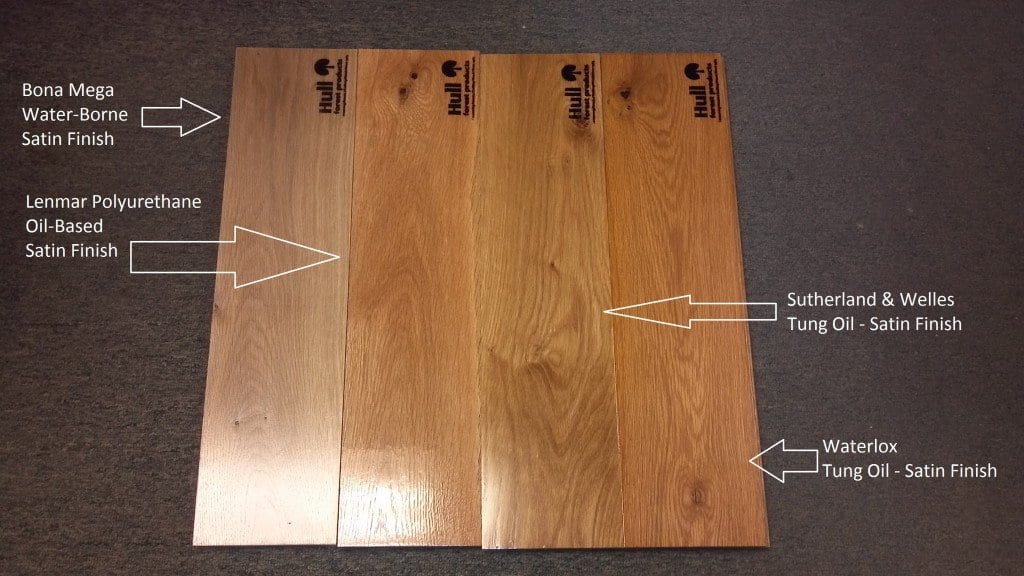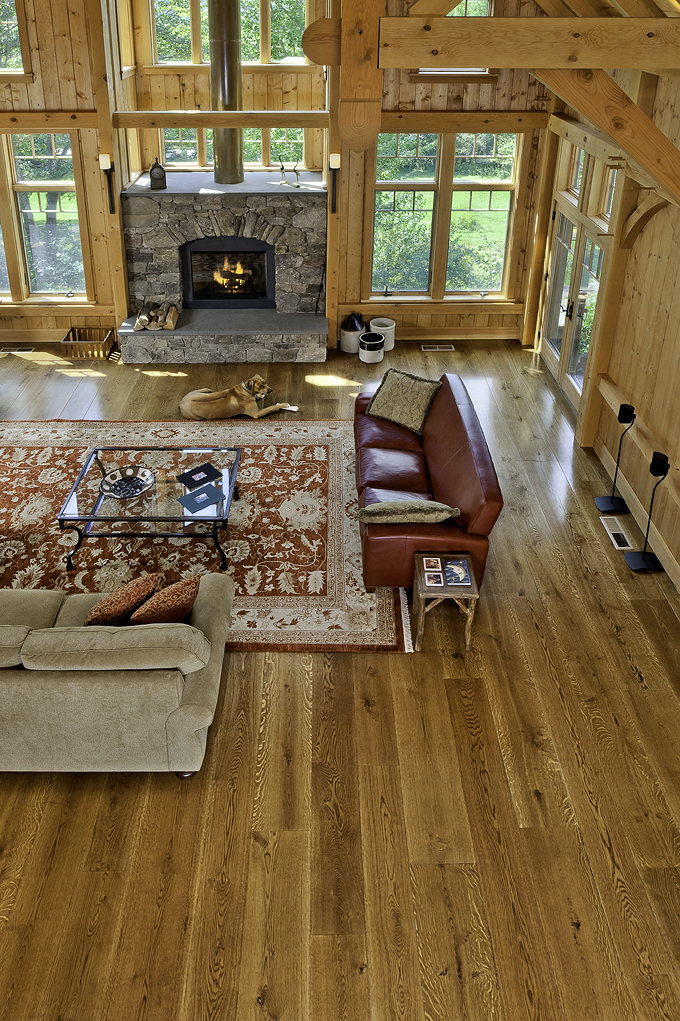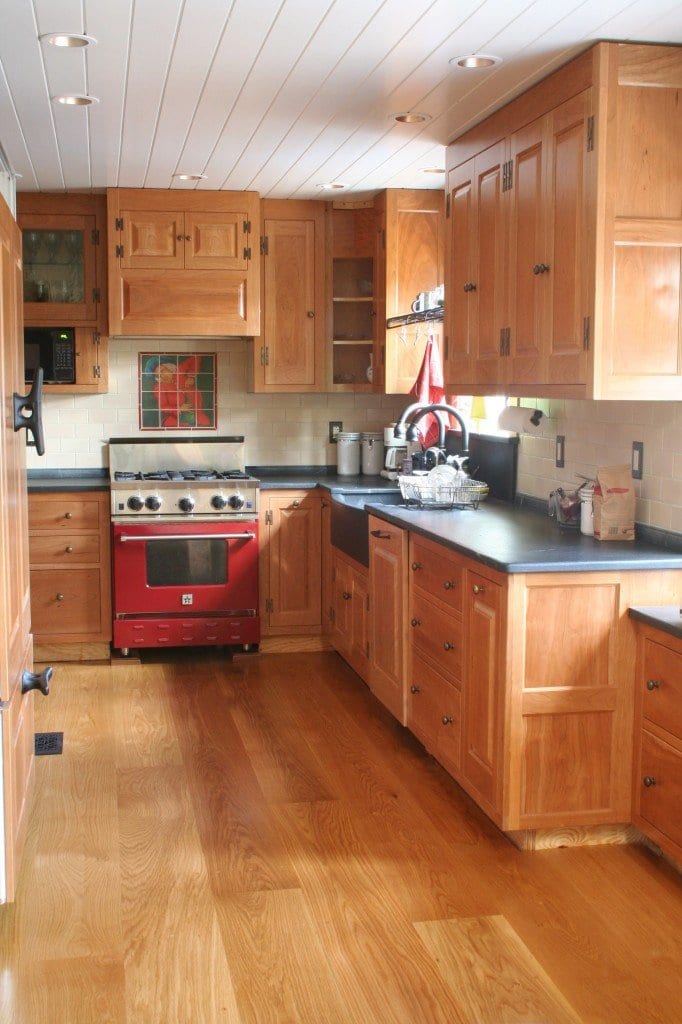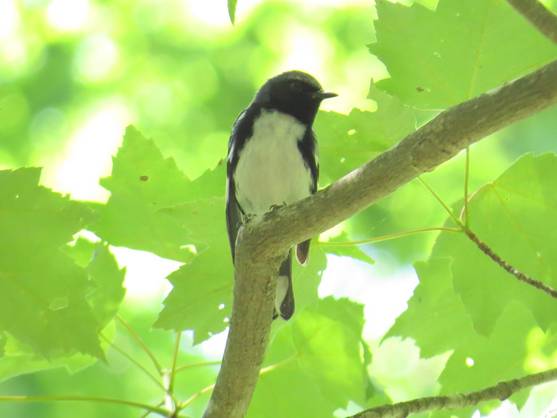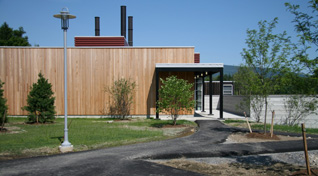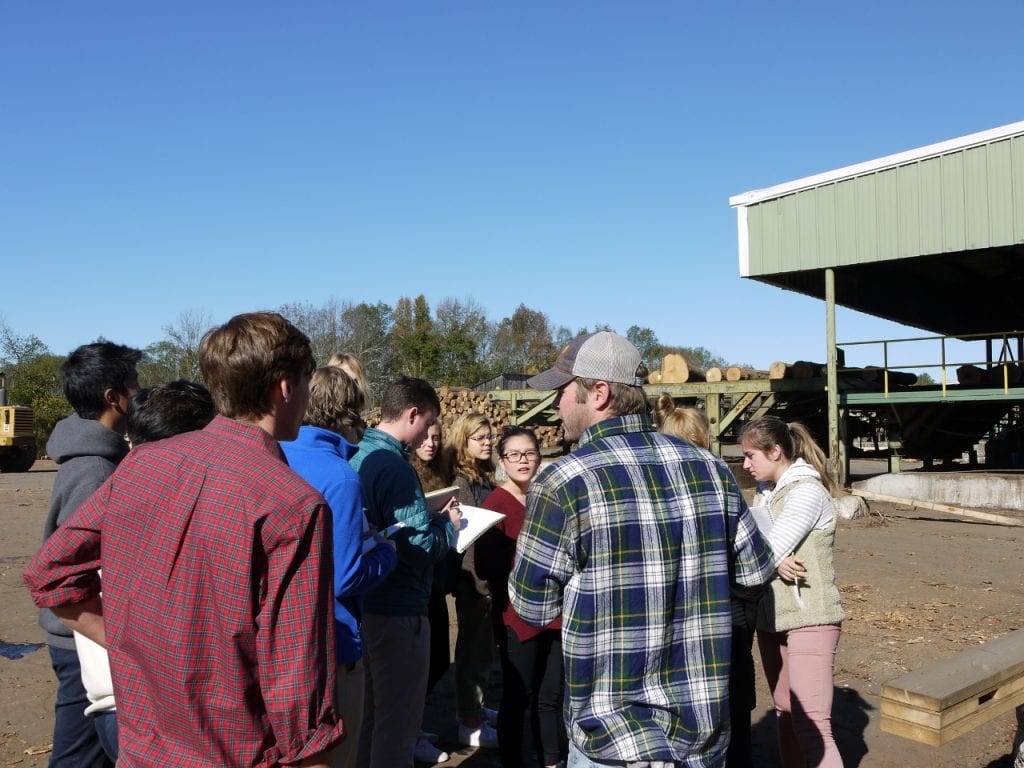
Each year hundreds of students from local elementary schools, high schools, and colleges tour the Hull Forest Products sawmill in Pomfret, CT to learn about forestry and wood products manufacturing. 2017 school groups included students from Yale University’s School of Forestry and Environmental Studies, Burrillville High School in Rhode Island, and the advanced environmental studies class from nearby Pomfret Preparatory School, where teacher Annie O’Sullivan has been bringing her students to the Hull sawmill for several years now. We asked Ms. O’Sullivan to describe what role Hull Forest Products plays in her students’ learning:
“Our students have had a fantastic time touring Hull each fall for the past couple of years. I first took a tour as a grad school at Yale Forestry, so was eager to connect once I started working at Pomfret. In the fall we have a unit on Forest Ecology, so the students spend time in the Pomfret [School] forest learning their trees and about forest ecosystems in general. They then learn a bit about forestry management and why landowners might cut trees to encourage growth.
I have them think about where their wood products come from (they don’t know, except from Ikea), so that’s why we take the trip to Hull Forest Products. It’s there that the students really grasp for the first time how this natural resource they are so familiar with (red oaks) are turned into the flooring we see towards the end of the tour. They are usually pretty into the debarker and seeing the saws operating with the lasers.
My course is really about educating students about sustainability. Thus, I am trying to get them to understand that we use natural resources like water and food and trees, and that’s okay – being an environmentalist is not about rejecting all commodities. It’s really about how we grow and use them that determines what our future will look like. Hull is an amazing place for the kids to see that process right in front of their eyes.”
-Annie O’Sullivan, Environmental Science Faculty, Pomfret School, Pomfret, Connecticut
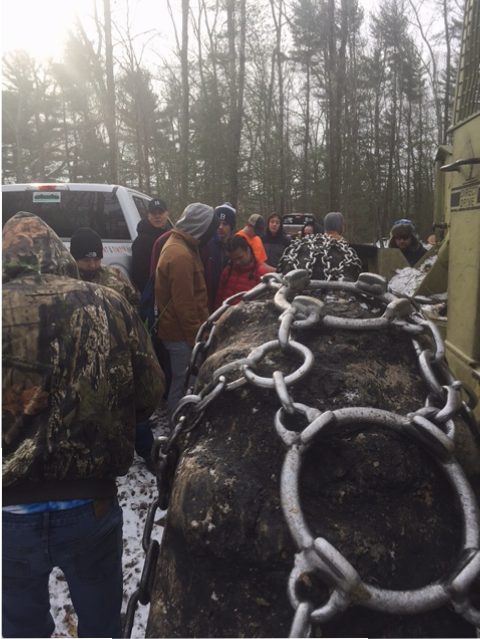
In the fall of 2017 students from Burrillville High School had the opportunity to tour an active timber harvest with Hull forester Chris Casadei, seeing how and why particular trees are marked for harvest. The students also toured the Hull sawmill to observe the manufacture of forest products from local logs. Students were able to see the entire process – forests being managed sustainably for the production of timber, the breaking down of logs on on a band head rig, the flow of boards through the sawmill and its dry kilns, and even the secondary manufacturing of flooring from some of this lumber.
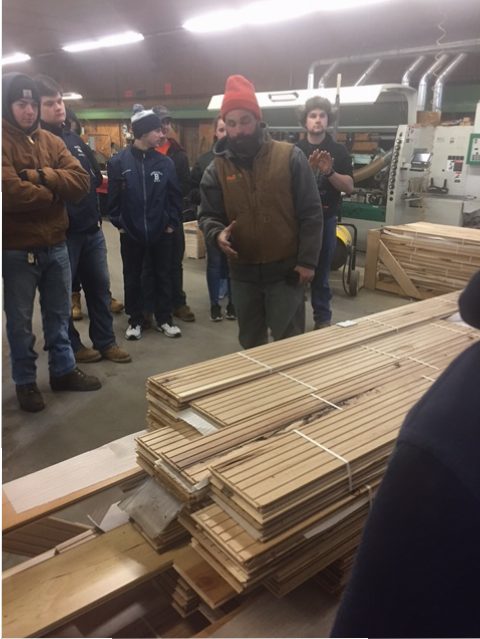
Public outreach is an important part of every forester’s job – and we encourage our entire team to help educate the public about the vital role that forests ad forest products play in our ecosystem and economy.
Want to learn more? You can visit Hull Forest Products at these upcoming events:
March 17, 2018: Connecticut Land Conservation Conference, Wesleyan University, Middletown, CT
March 22-25: Architectural Digest Home Design Show, Pier 94, NYC
March 23-24: JLC Show, Providence, RI Convention Center
March 27-29: New England Society of American Foresters winter meeting, Nashua, NH: New England Forest Stories – The People – The Management – The Technical Knowledge
July 10-12: NWFA Intermediate Wood Flooring Installation, NYC



